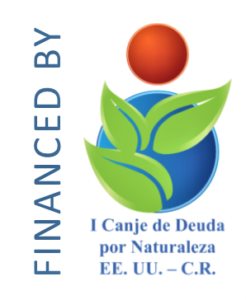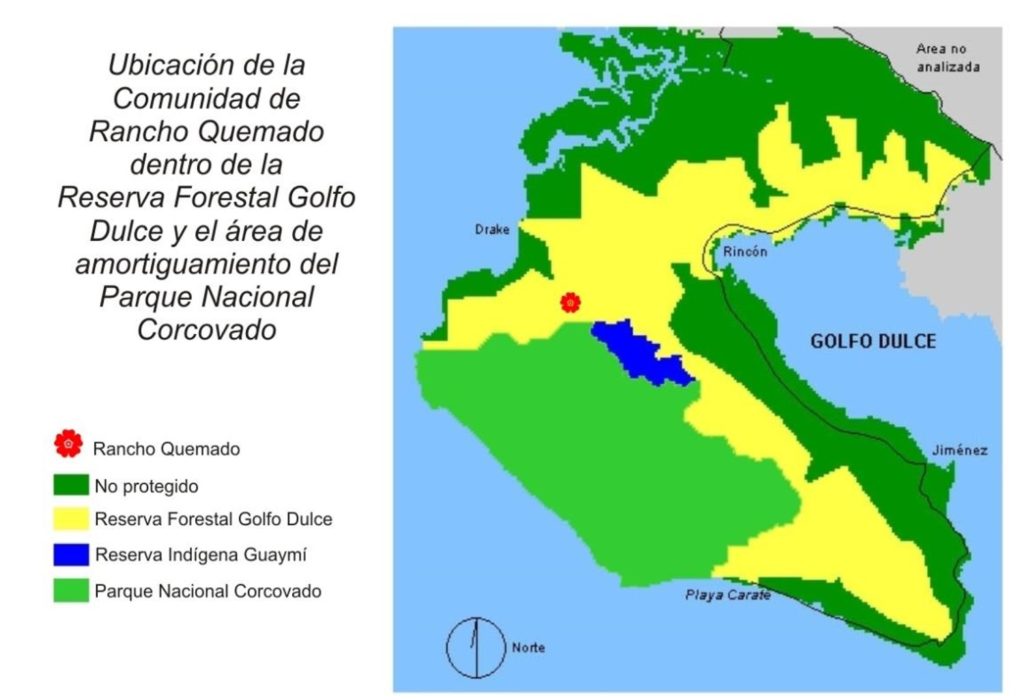PRIMER CANJE DE DEUDA POR NATURALEZA (DEBT-FOR-NATURE SWAP) 
A debt-for-nature swap takes foreign debt and converts it into financed conservation activities. In Costa Rica, this exchange was made through the Forest Conservation Agreement (FCA) and the Tropical Forest Conservation Law (TFCA) of the United States governement. Osa Birds has been given the distinct opportunity to realize one of many valuable conservation projects for which we are extremely grateful.
Project Time Frame: 2018 – 2020
Financed By: Primer Canje de Deuda por Naturaleza (Debt for Nature Swap)
Project Title:
Strategies for Forest Conservation and Strengthening of Green Businesses in the Community of Rancho Quemado within the buffer zone of Corcovado National Park
(Estrategias de Conservación de Bosques y Fortalecimiento de Emprendimientos Verdes en la Comunidad de Rancho Quemado, en el área de amortiguamiento del Parque Nacional Corcovado)
Project Justification
- The project location is within the Golfo Dulce Forest Reserve and borders Corcovado National Park
- Current loss of forest cover and selective exploitation of timber species, with the subsequent loss of connectivity between areas of high biological value
- Illegal activities (extraction of forest wood, hunting)
- Human capacity and disposition in conservation
- Background of successful projects and commitment from the community of Rancho Quemado
Objectives and activities include:
- Promote the reforestation of multipurpose native species (endemic, threatened, beneficial to wildlife and human populations and ornamental). This is being achieved by constructing a native plants nursery for the purposes of reforestation for the improvement of habitat, to create natural barriers for migrant wildlife, and for the beautification of public spaces;
- Promote the development and use of resources by creating an interpretive ecological and cultural touristic route at key points within the community including business fronts, viewing platforms and eco-stations;
- Strengthen community biological monitoring as an impact evaluation and long-term assessment of population tendencies.

